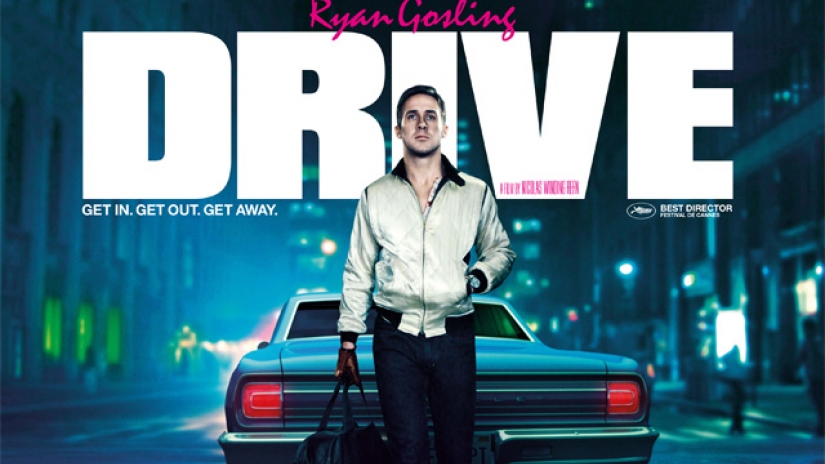by Seth Lamey | May 24, 2018 | Updates
Arrival and expectations for the 2018 WSU Film Studies group attending Mountainfilm. Video by: Seth Lamey & Ben Glomski
by Seth Lamey | May 21, 2018 | Issues
Our third issue focuses on the evolution of the classic noir film movement from the 1940s into neo-noir. Principles stayed the same, but artistic changes happened with a broader color palette, a new set of auteurs, changing social mores, and greater explicitness...

by Brynn Artley | May 21, 2018 | Criticism
Since their inception, film noirs have provided a running commentary on American masculinity—more specifically, American society’s ideal of masculinity. From The Maltese Falcon’s Sam Spade and his one-punch knock-out of the effeminate Joel Cairo to Laura’s Mark...

by Blake Gasner | May 21, 2018 | Criticism
Drive is a 2011 neo-noir film directed by Nicolas Winding Refn, starring Ryan Gosling as an unnamed Clint Eastwood-like loner, referred to as the Driver. The Driver doubles as a mechanic at an auto body shop and a Hollywood stunt driver with his business partner...

by Sara Manning | May 21, 2018 | Criticism
The aftermath of postwar paranoia changed how the characteristics of the modern-day protagonist would be developed through empathy for the antihero. Classic noir films would typically implore the audience to identify with an inherently moral, if flawed, protagonist....




Recent Comments